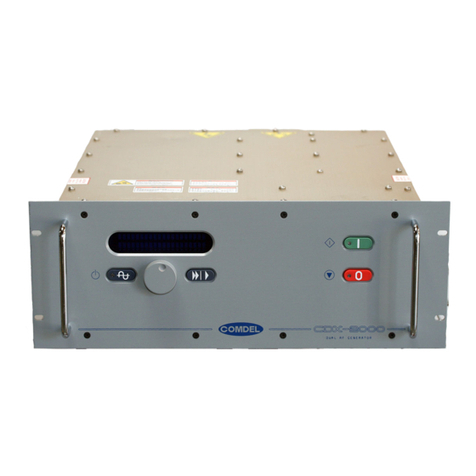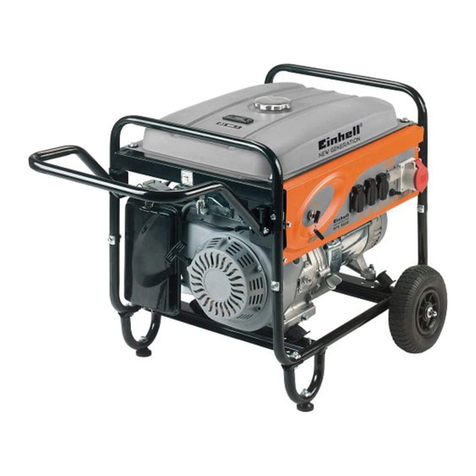
4
II. Description / Specification
The CPS-500AS is a 500 watt R.F. generator operating at a fixed frequency of 13.56 MHz. The generator is designed
to produce maximum power into a 50 Ωload.
NOTE: This generator has been customized to run at 100w, but is capable of operation up to 500 watts.
The primary features of the CPS-500AS are a solid-state design, small physical size and the ability to withstand large
changes in load impedance without failure. The CPS-500AS can be examined as two separate sections, the DC Power
Supply and the RF section.
The DC Power supply provides +40 VDC and +/-15 VDC required to operate and control the RF Section. The DC
Power Supply (as supplied) is powered by 120 VAC single phase 50-60Hz with line current of 6A. This supply can be
operated on several line voltages by changing primary transformer taps, as explained in Section 2.3.
The RF Section operates on +40 VDC and +/-15 VDC and generates 500 watts into 50Ω. There are five basic parts in
this section. They are: oscillator and control circuitry, driver, power amplifier, low-pass filter and directional coupler.
The CPS-500AS RF Generator is designedfor long life and low maintenance operation.
III. Unpacking and Inspection
1. Carefully unpack the unit and inspect for any obvious signs of physical damage that might have
occurred during shipment. Notify the shipping agent of any damage immediately.
2. Check the outside of the unit for missing or loose mounting screws or broken parts.
3. If there is shipping damage or the unit fails to operate properly upon receipt, report damage to the
carrier and Comdel immediately.
CAUTION: Breaking the seal or removing the warranty decal from this unit will void the warranty. If internal
damage is suspected, contact factory for assistance.
IV. Maintenance
The CPS-500AS is designed to run unattended for long periods of time. Should service be required, the
system is modularly designed for quick repair. The whole RF section could be replaced in less than thirty
minutes.
After a time, scale may build up on the inside of the cooling tubes. This could greatly reduce the cooling
capacity of the system. It is recommended that the system be flushed with a descaling agent. A cleaning
agent that does not damage copper, brass, stainless-steel and nylon tubing should be chosen.






























